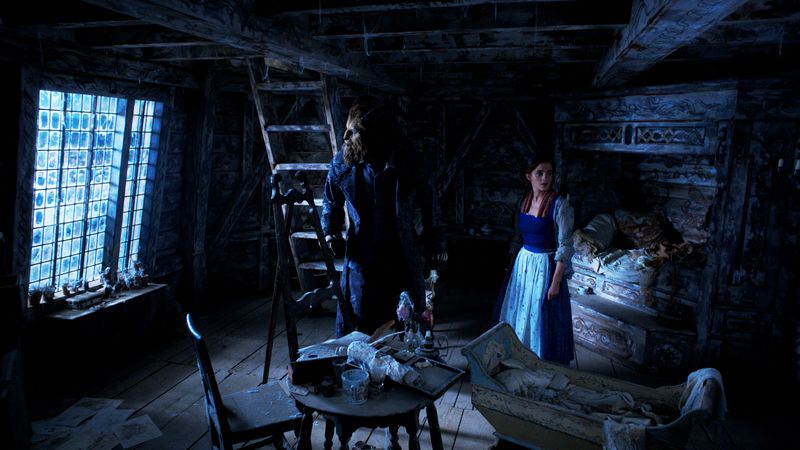Did you see it? That was the question swirling around watercoolers everywhere the Monday after the premiere of Disney’s Beauty and the Beast.
The overwhelming verdict was that Disney had definitely delivered on its highly anticipated, highly promoted promise of a brilliant remake of the 1991 cartoon.
But it wasn’t until I picked up my daughter from her dance class that I realized one takeaway from the film might not be so brilliant in the eyes of the most scrutinizing critics of all…children.
A mother of a 7-year-old girl was telling the story of how after watching Beauty and the Beast her daughter could not stop asking her one question.
“Mommy what is the pleh?” “The pleh?” she asked. “You know, the part in the movie where Belle’s mommy died alone in that room.” Drop mic.
It dawned on me after hearing that story that perhaps the addition of Belle’s tragic backstory had left a lasting impression on more than just that 7-year old little girl.
My own 12-year-old daughter asked me as we left the theater if doctors “back then” wore scary metal masks like the one the Beast picks up in the film.
Like any good parent I told her to “ask Siri” to which my daughter replied, “Nope I don’t want to see it again. It was creepy and will give me nightmares.”
In the 1991 cartoon, Belle’s mother or her story was never explored, but in the live-action remake we learn that Belle’s mother died of the bubonic plague when she was just a baby.
The Enchantress left the Beast a magic book that could transport him anywhere in the world which he shares with Belle.
Belle chose to visit Paris and in a brief but memorable scene she visits the room she lived in as a baby and sees her mother on her death bed. Belle learns then that her father Maurice fled Paris to save Belle from becoming infected with the disease.
So why did Disney feel the need to add Belle’s tragic backstory to the remake?
Perhaps they wanted to show that Belle’s mom truly loved her or explain how her father made the ultimate sacrifice by leaving the woman he loved to save his daughter.
Disney has been criticized for not including mothers in many of its animated princess films.
Ariel had 6 sisters no mother, Jasmine no mother, Pocahontas, no mother, and Cinderella…no mother but of course as the story goes…an evil stepmother.
Whatever the reason Disney added "the pleh" to the plot, make no mistake – never underestimate the imagination of a child or the lasting impression even the smallest of scenes can make.
Wendy Bailey is the Executive Producer of Great Day Washington on WUSA9.


